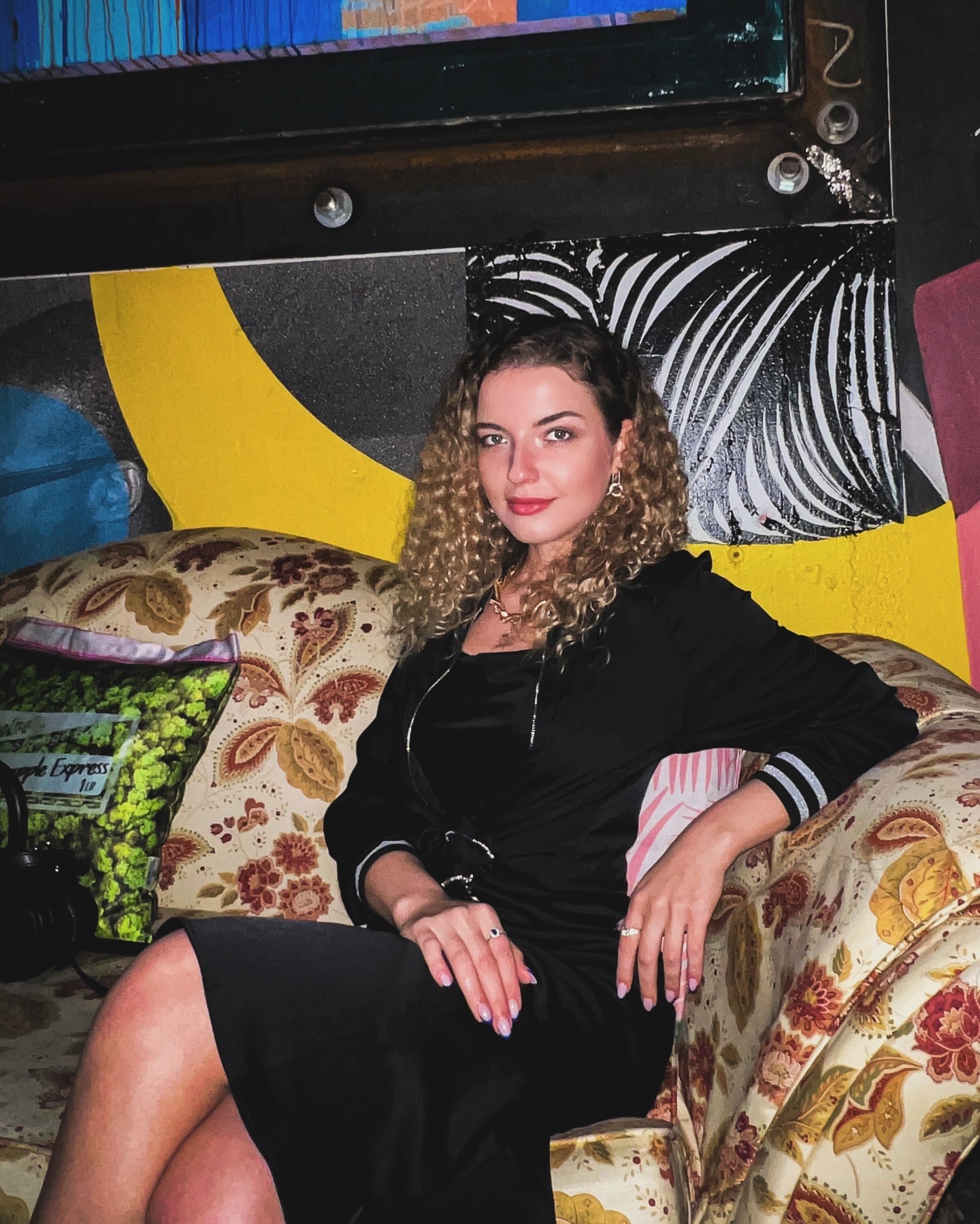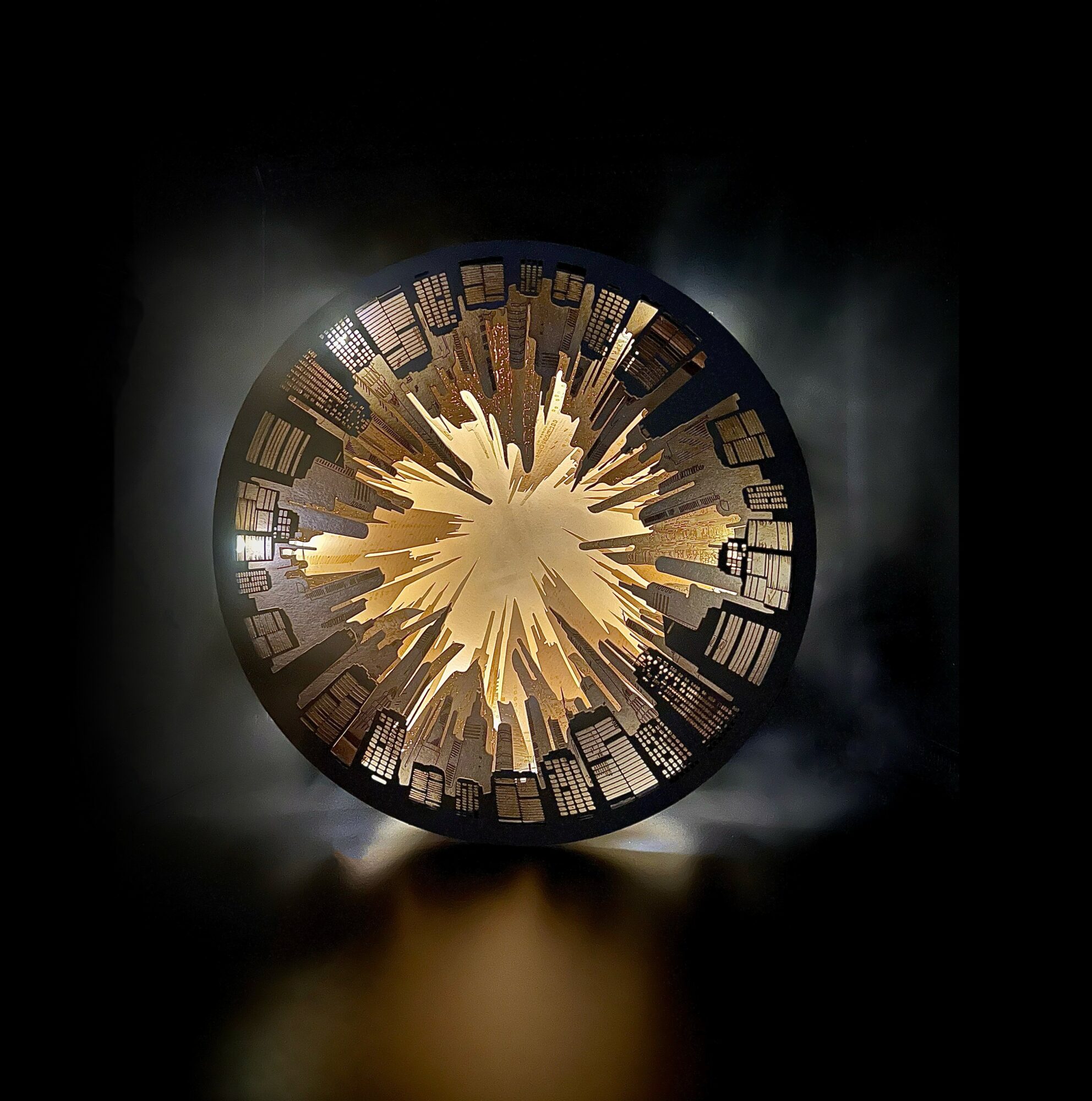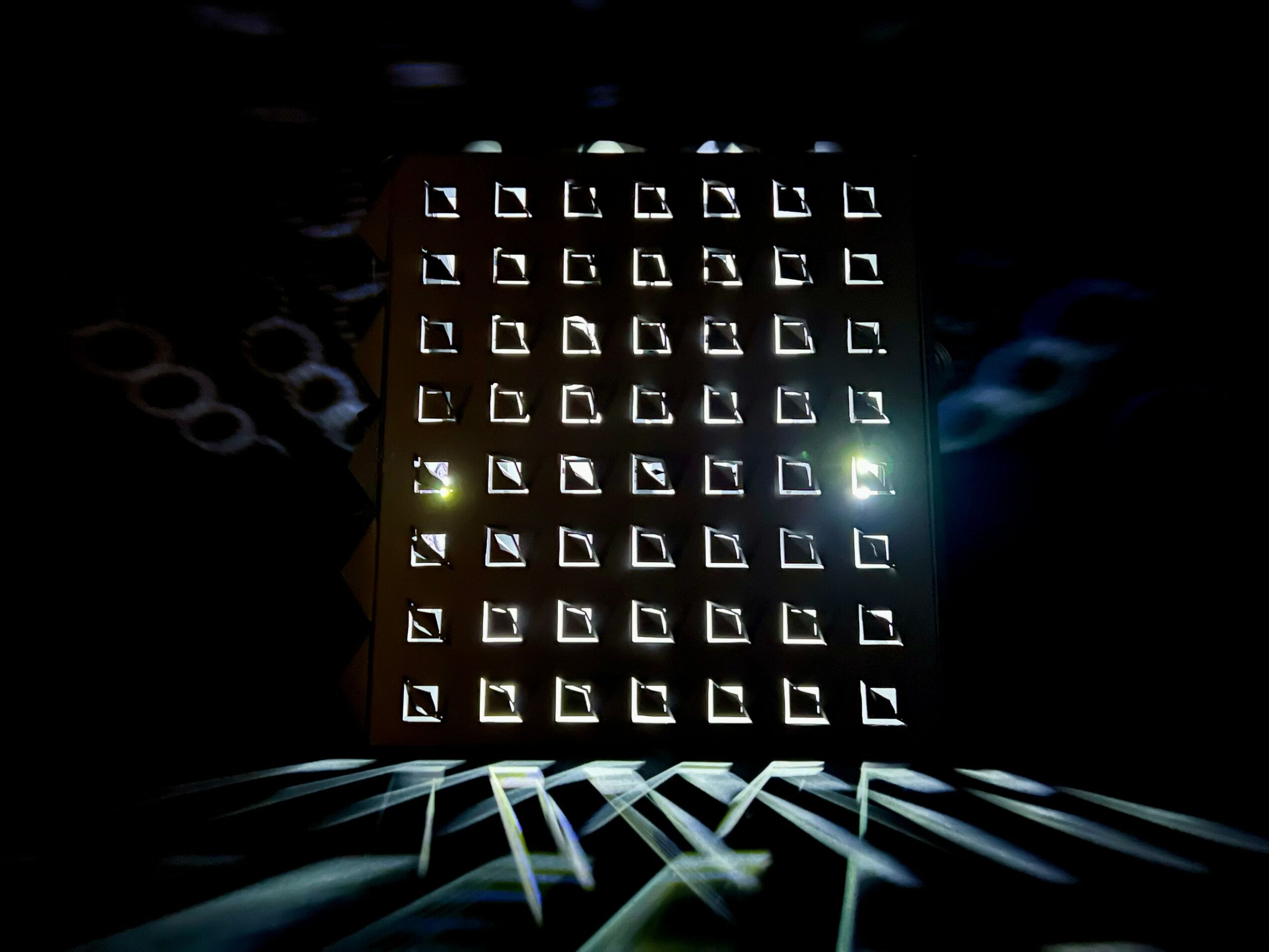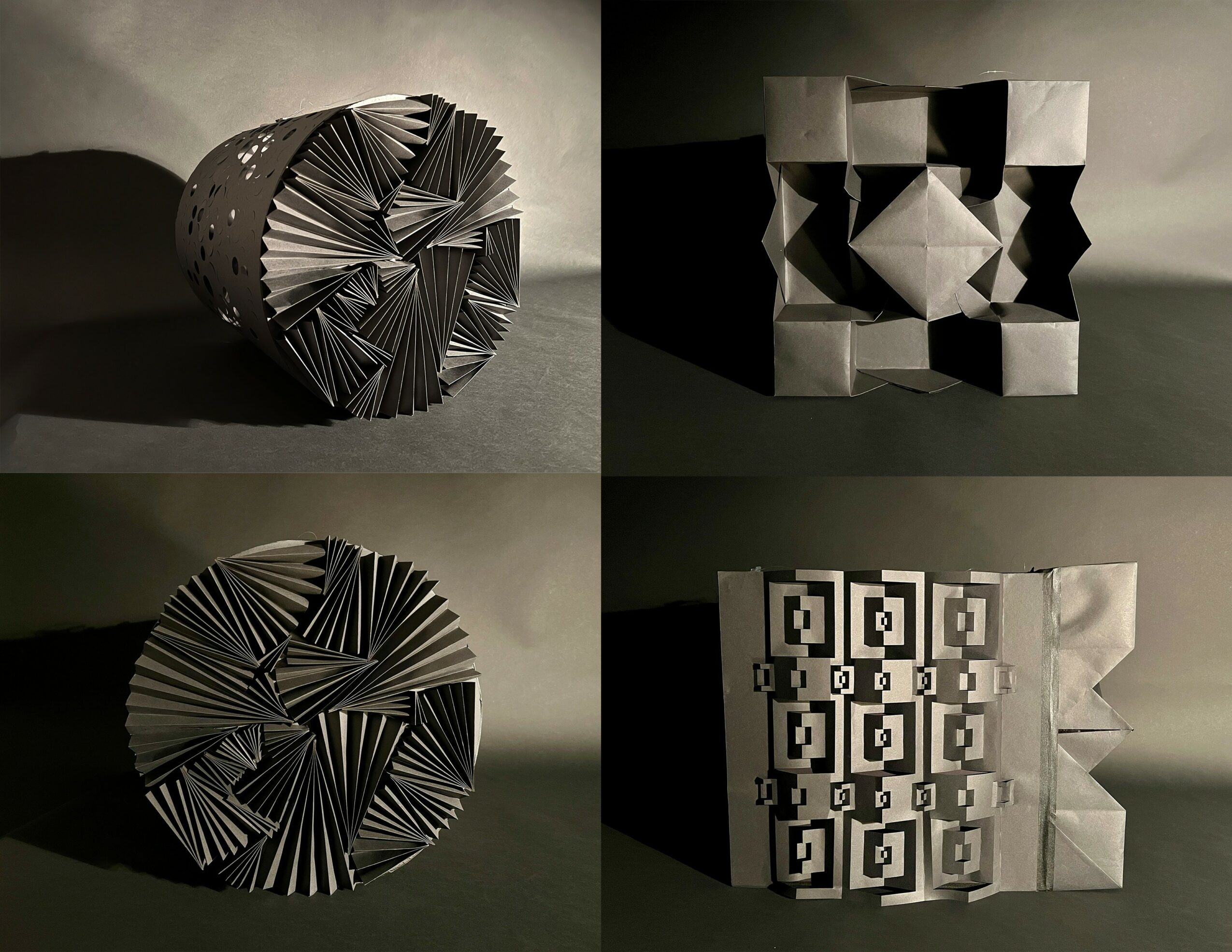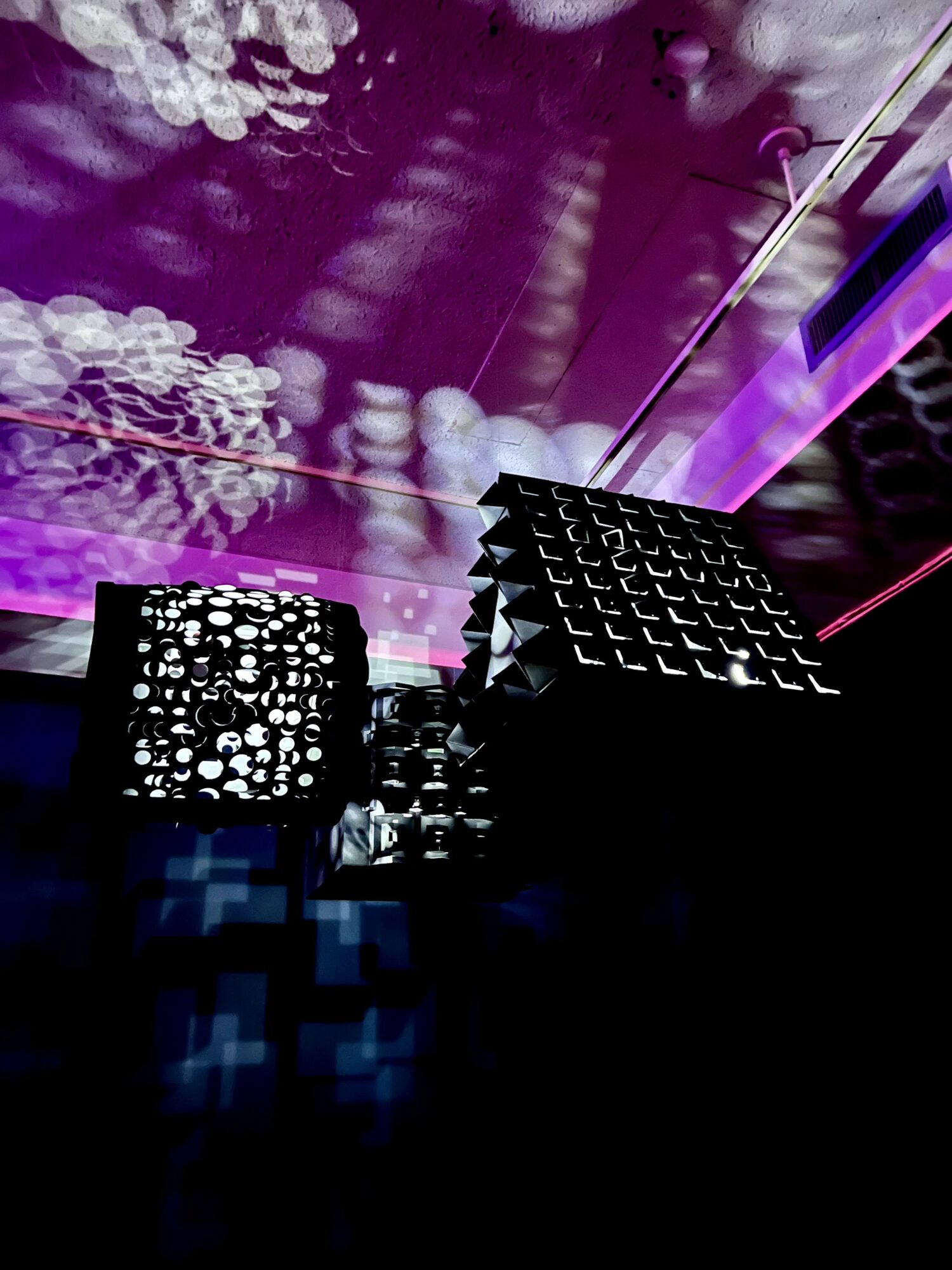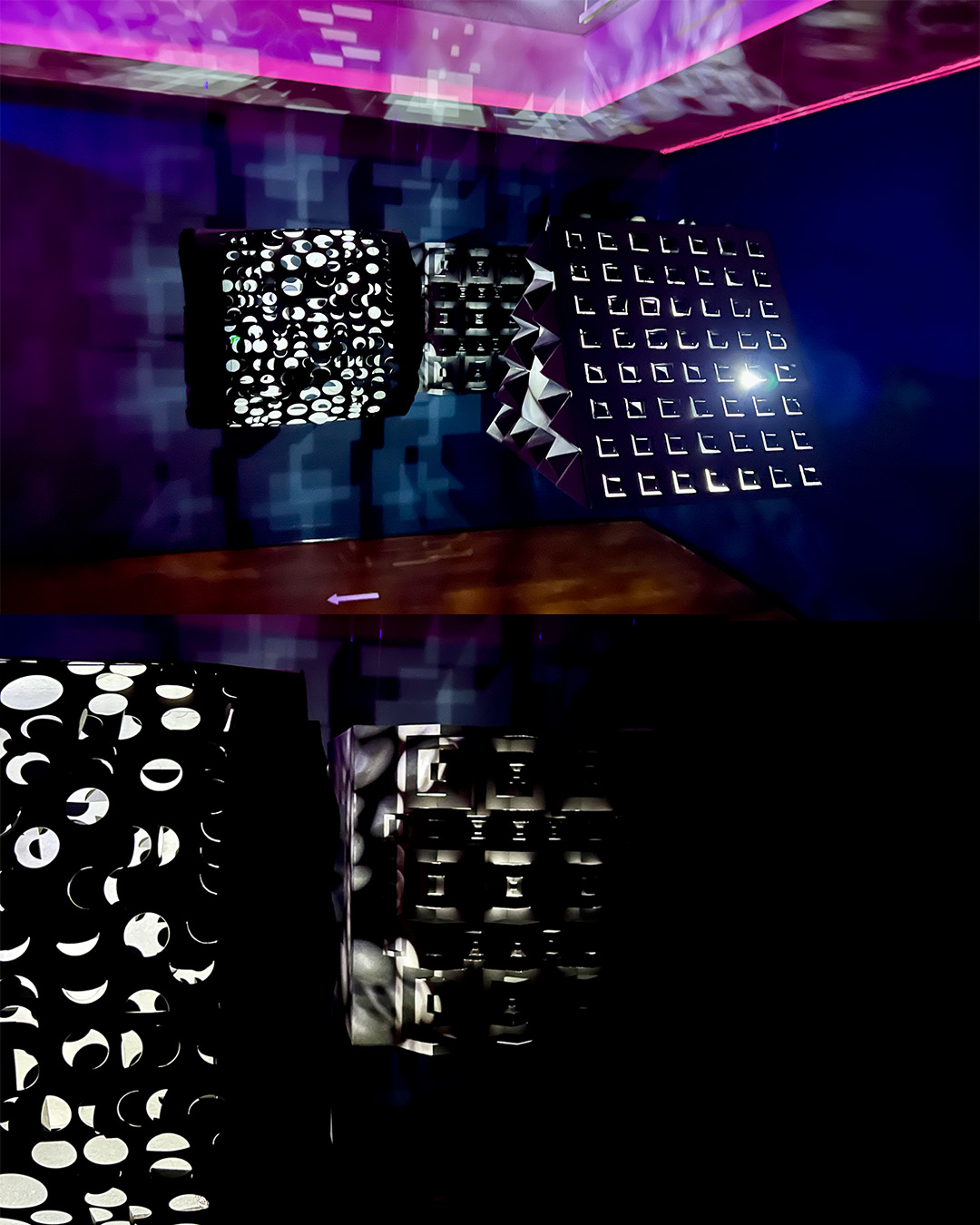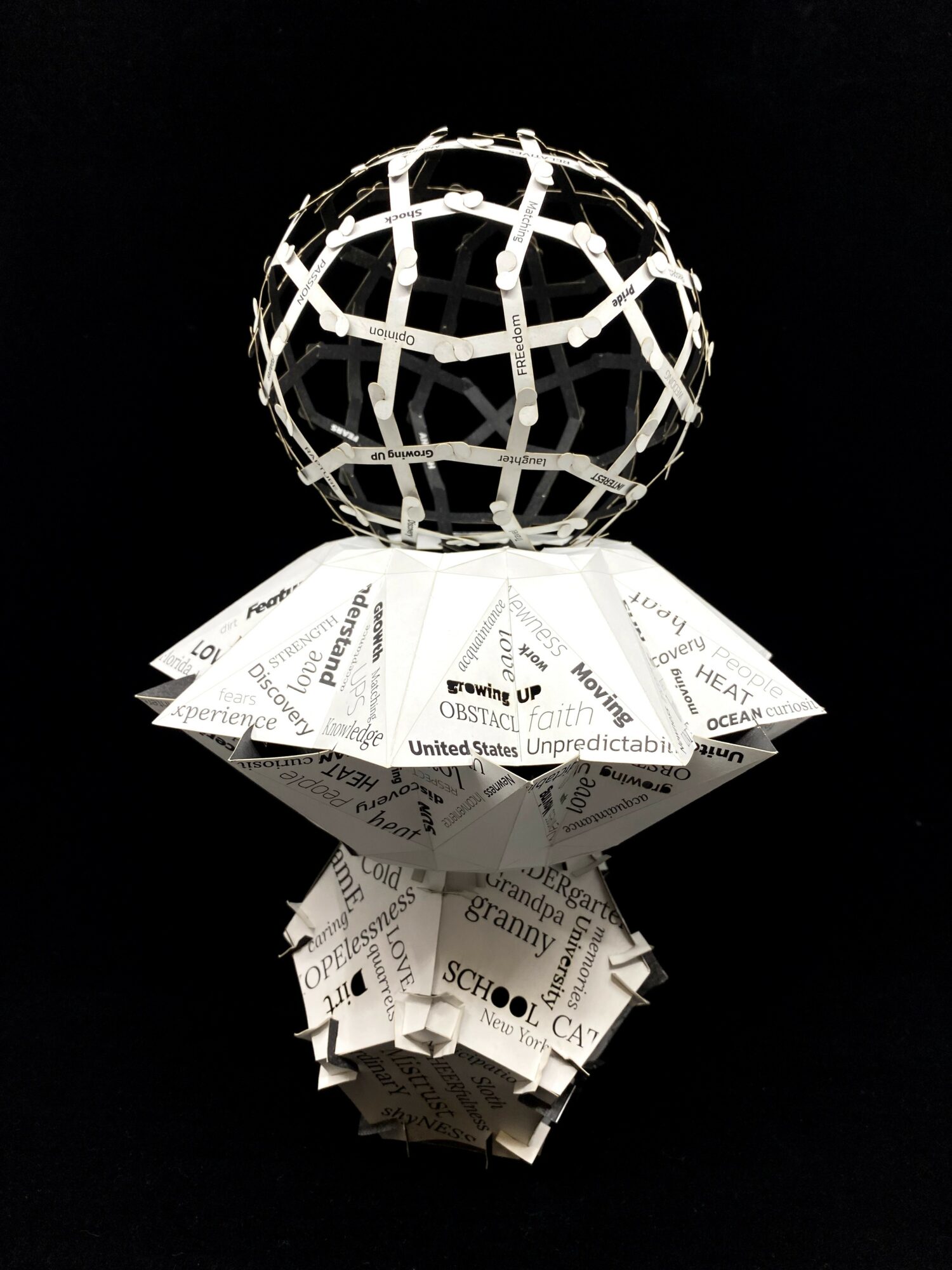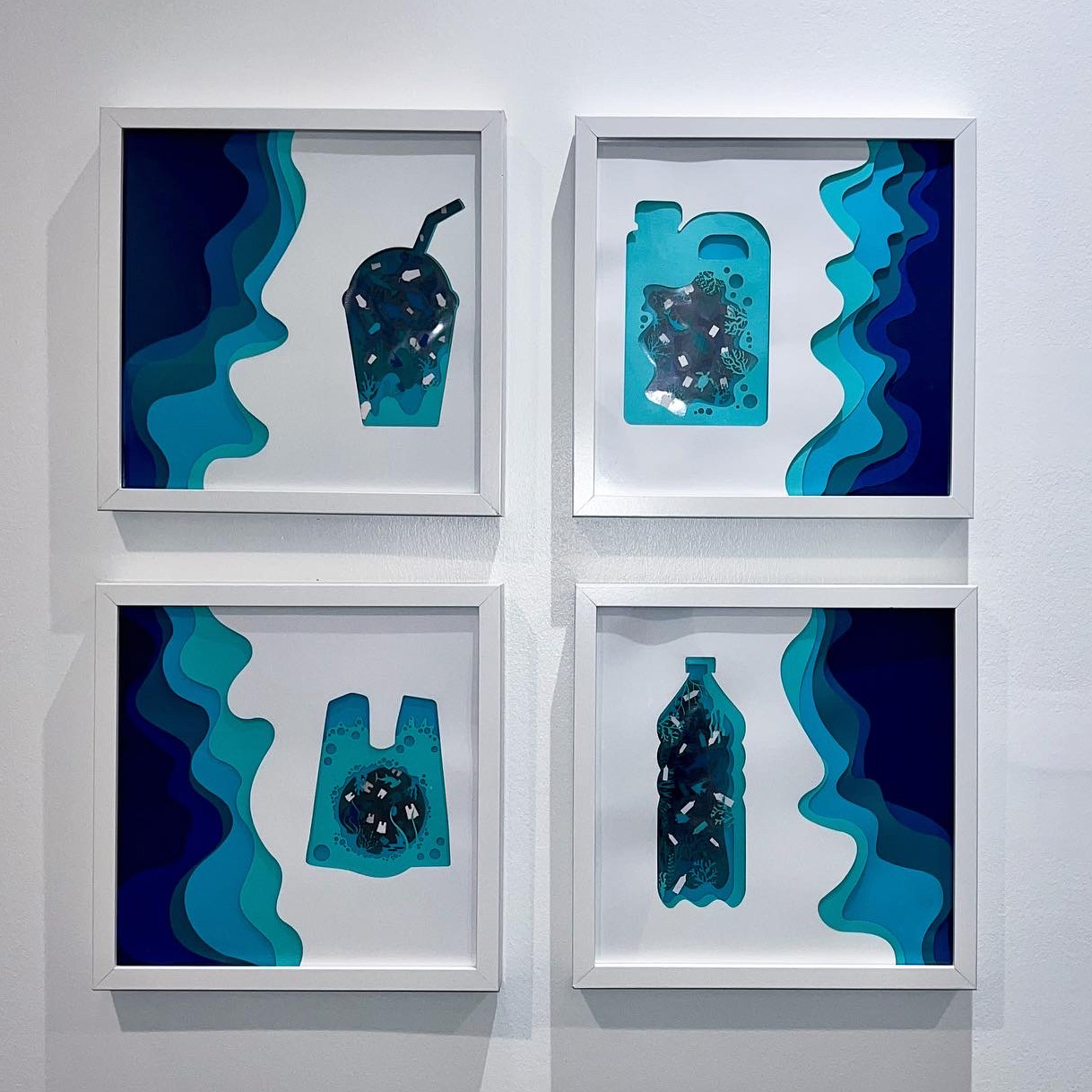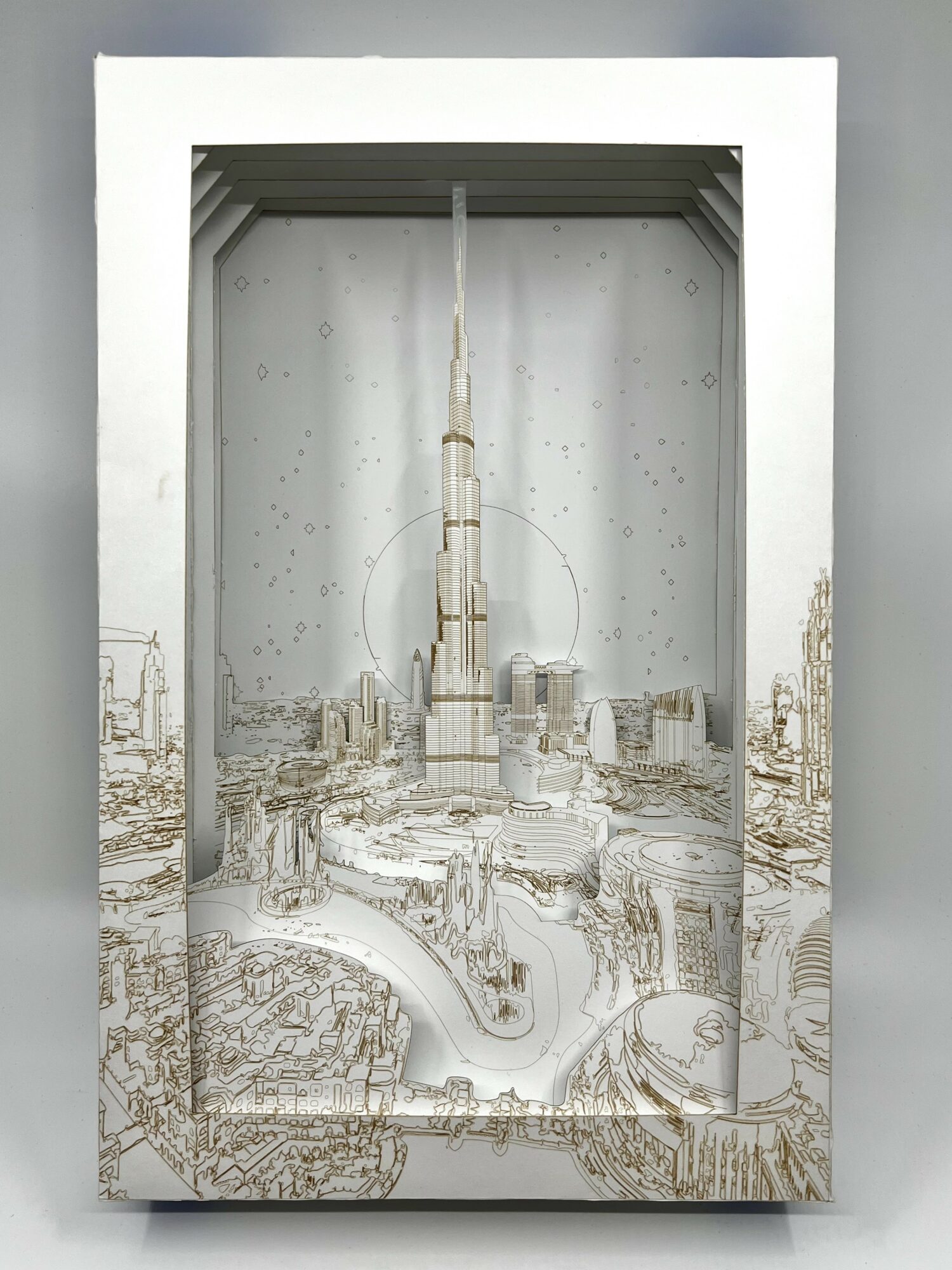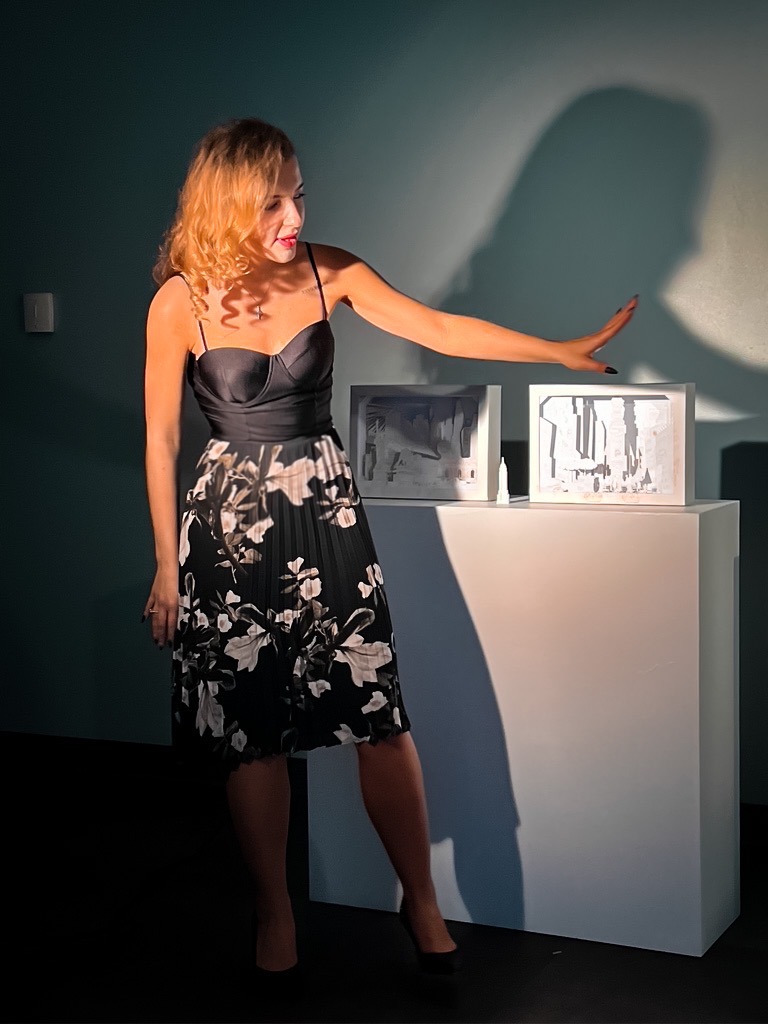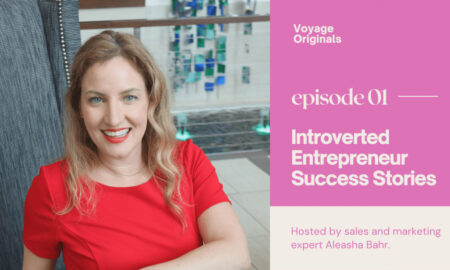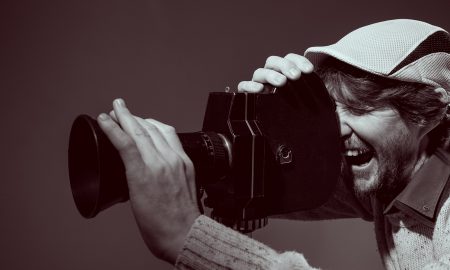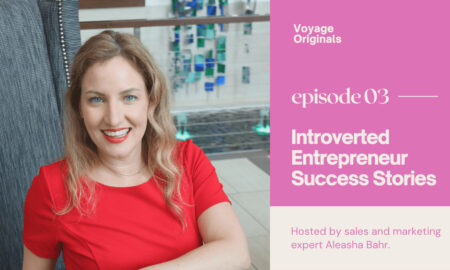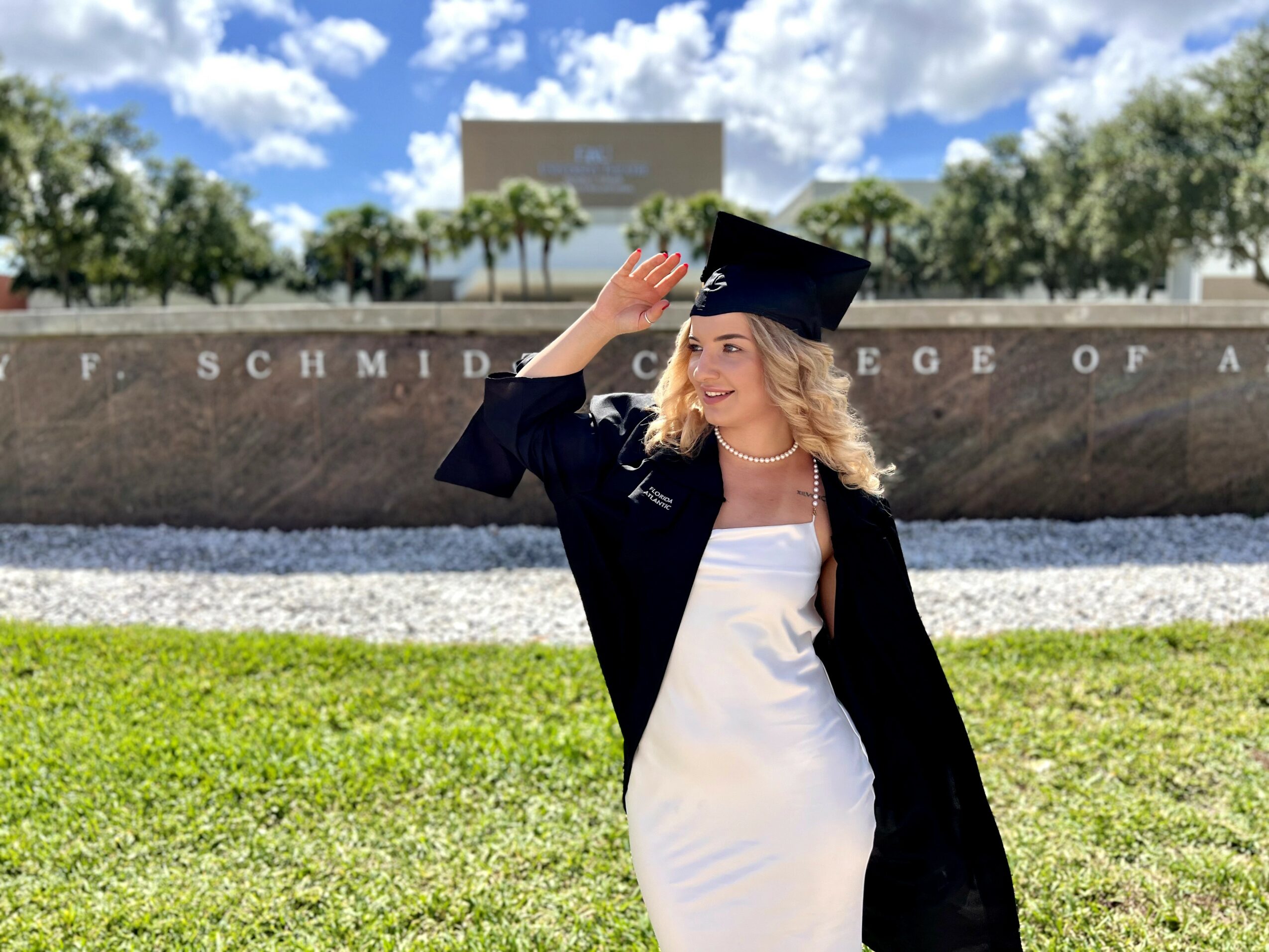

Today we’d like to introduce you to Maria Pimenova
Hi Maria, please kick things off for us with an introduction to yourself and your story.
From Moscow to Missouri – A Journey in Graphic Design
I hail from Moscow, Russia, a city rich in history and cultural diversity. Russia, the world’s largest country, spans nearly twice the territory of Canada, shaping a unique and complex artistic landscape. My journey in graphic design began at Moscow State Pedagogical University, where I navigated a system that offered little creative freedom and operated under strict academic parameters. However, driven by an insatiable curiosity and a relentless pursuit of excellence, I sought new artistic horizons in the United States.
Upon transitioning to Florida Atlantic University for graduate studies, I experienced a stark contrast in education. The ability to self-register for classes and determine my own credit hours felt liberating. More importantly, this newfound autonomy allowed me to find my voice as an artist—to explore themes, refine my artistic direction, and shape my creative practice.
Moving to the U.S. not only opened new professional opportunities but also reignited my passion for paper-based media. As I revisited my past work, I noticed that people were repeatedly drawn to my paper projects, sparking a deeper exploration of the medium’s expressive potential. Paper has a long tradition in both art and design, and by incorporating new technologies and tools, I found a way to push its boundaries.
I specialize in creating sculptural 3D objects from flat sheets of paper, using Adobe Illustrator for designs and a laser cutter for precision cutting and engraving. Before discovering laser technology, I relied on manual cutting, where every mistake cost hours of work. The laser cutter revolutionized my process, allowing me to experiment, iterate, and refine designs with efficiency and precision.
Today, I am an Assistant Professor of Graphic Design at Northwest Missouri State University, where I incorporate my expertise in paper folding and sculptural design along with graphic design into my classes. For instance, in my 2D Design course, I assign students a final project where they create an accordion book—a visually compelling format that transforms their past assignments into a cohesive, professional presentation. This exercise not only enhances their design skills but also prepares them for real-world applications in their future careers.
My journey, from Moscow to Missouri, has been one of discovery, reinvention, and pushing creative boundaries. I continue to explore the limitless potential of paper, technology, and design, striving to inspire my students to do the same.
Would you say it’s been a smooth road, and if not what are some of the biggest challenges you’ve faced along the way?
The journey has certainly not been a smooth one, and I faced several challenges along the way.
The first major obstacle was COVID-19, which put the world on pause and delayed my relocation by a year and a half. As a result, I had to apply for my master’s program multiple times before finally securing admission. Despite these setbacks, my determination and perseverance helped me achieve my goal of being accepted into the program.
The second and most significant challenge was obtaining a student visa. Due to political reasons, the U.S. Embassy in my home country was no longer operating, which meant I had to travel to Europe for my visa interview. This involved securing a Schengen visa, covering substantial travel expenses, and facing uncertainty—since there was no guarantee that I would actually receive the student visa after going through all these steps.
One of the biggest challenges I faced was starting a completely new life from scratch. Moving to a new country meant immersing myself in a completely different culture, adapting to an entirely new educational system, and building everything from the ground up—without knowing anyone.
Language was another significant hurdle. While I had some knowledge of English, navigating academic discussions, social interactions, and professional settings in a second language was daunting. It took time to build confidence in expressing myself effectively.
Adjusting to the educational system was also a major shift. Unlike the structured, rigid approach I was used to, the U.S. system encouraged flexibility, critical thinking, and self-direction. While liberating, it also required me to unlearn old habits and embrace new ways of learning.
Despite these challenges, each obstacle became an opportunity for growth, resilience, and self-discovery. Over time, I not only adapted but thrived, finding my artistic voice, building connections, and carving out my path in this new environment.
Thanks – so what else should our readers know about your work and what you’re currently focused on?
Design, to me, is a universal superpower—one that transcends boundaries, evolves with time, and continuously offers new challenges and discoveries. It is not just a profession; it is an endless journey of exploration, joy, and knowledge.
I specialize in blending traditional craftsmanship with modern technology, particularly through the use of paper as a creative medium. My background in graphic design began in Russia, where I developed the ability to translate complex ideas into compelling visual narratives. However, it was during my move to the United States that I rediscovered the expressive power of paper as an artistic and design material.
My work focuses on pushing the boundaries of paper art, proving that this humble material holds endless possibilities. Paper has played a crucial role in human history, printing, and publishing, and I aim to explore its enduring significance in both art and science. Beyond traditional applications, paper is now used in scientific research, spacecraft construction, and even biological studies, inspiring new possibilities for form and function.
I utilize laser cutting and artificial intelligence to create intricate, multi-layered, sculptural paper works. These cutting-edge tools allow me to experiment freely, crafting voluminous, textured designs that would be nearly impossible to achieve with manual techniques alone. The synergy between traditional techniques and modern technology defines my artistic approach, ensuring that my work bridges the past and the future of design.
I am most proud that my expertise in design earned me a Teaching Assistant (TA) position at the university, which meant I could pursue my entire graduate program tuition-free. This opportunity not only supported my education but also allowed me to gain valuable teaching experience early in my career.
Another achievement I take great pride in is having my most complex paper project recognized with the “Best of the Show” award in a group juried exhibition. This validation reinforced my passion for exploring paper as both an artistic and design medium and pushing the boundaries of traditional techniques.
What makes me unique is my ability to bridge the worlds of paper art and graphic design. I don’t just work with these mediums—I actively combine them in innovative ways and share my knowledge with students, helping shape the next generation of designers and artists. By integrating traditional craftsmanship with modern design tools, I inspire my students to think beyond conventional approaches and experiment with new creative possibilities.
Is there anything else you’d like to share with our readers?
Incorporating Cultural Influence into Design & Teaching
I draw inspiration from my cultural background, integrating it into both my projects and teaching philosophy. When designing figures for my Paper Self-Portrait, I referenced Vladimir Tatlin’s unbuilt Tatlin’s Tower, while my 50-5-5 project was influenced by Lyubov Popova and Kazimir Malevich, who used geometric forms to emphasize revolutionary energy in early 20th-century Russia. Their use of geometric shapes to create strong visual impact guided my approach to engaging viewers through design.
By bringing elements of Russian avant-garde art into the classroom, I aim to offer students a diverse and enriched learning experience—combining traditional Russian influences with contemporary U.S. teaching methodologies. For instance, in my Intensive Graphic Design course, I incorporate Wassily Kandinsky’s abstract compositions to illustrate design principles like point and line. In my Typography class, students create Propaganda Posters inspired by Constructivist techniques, using bold colors, dynamic composition, and geometric elements to amplify their message.
Why Constructivism?
Constructivism remains one of the most powerful design styles for communication. Born from the Russian Revolution, it played a key role in shaping public perception through bold, accessible imagery—essential during a time of widespread illiteracy. Its legacy extends beyond the early 20th century, influencing activist art and contemporary designers like Shepard Fairey, whose graphic language continues to rally support and evoke emotion.
I introduce Constructivism to my students not just as a historical style but as a timeless tool for impactful design. Understanding its power allows them to create visually strong, meaningful work that effectively communicates ideas.
Contact Info:
- Website: http://mariapimenova.com
- LinkedIn: https://www.linkedin.com/in/maria-pimenova-806219259
